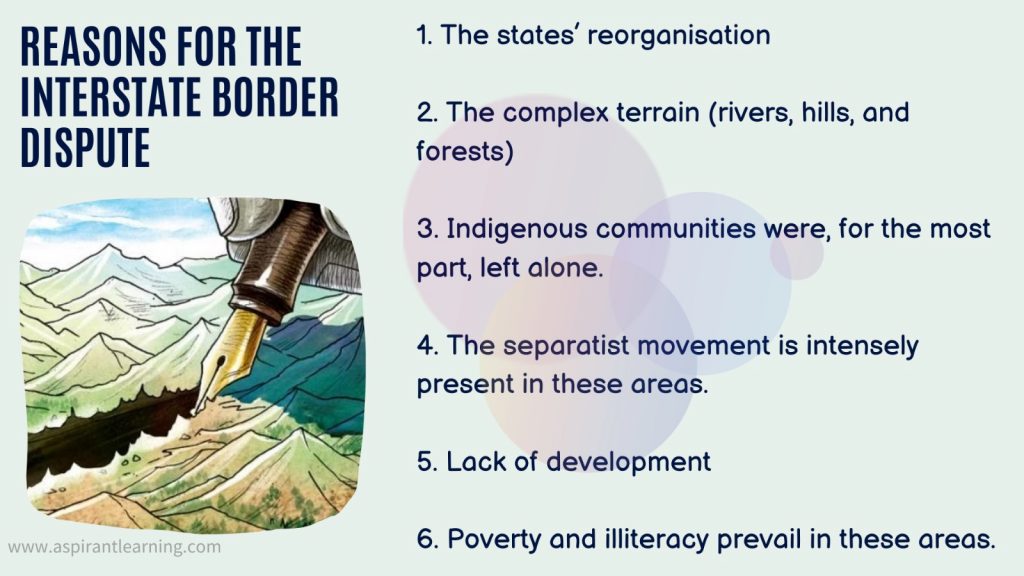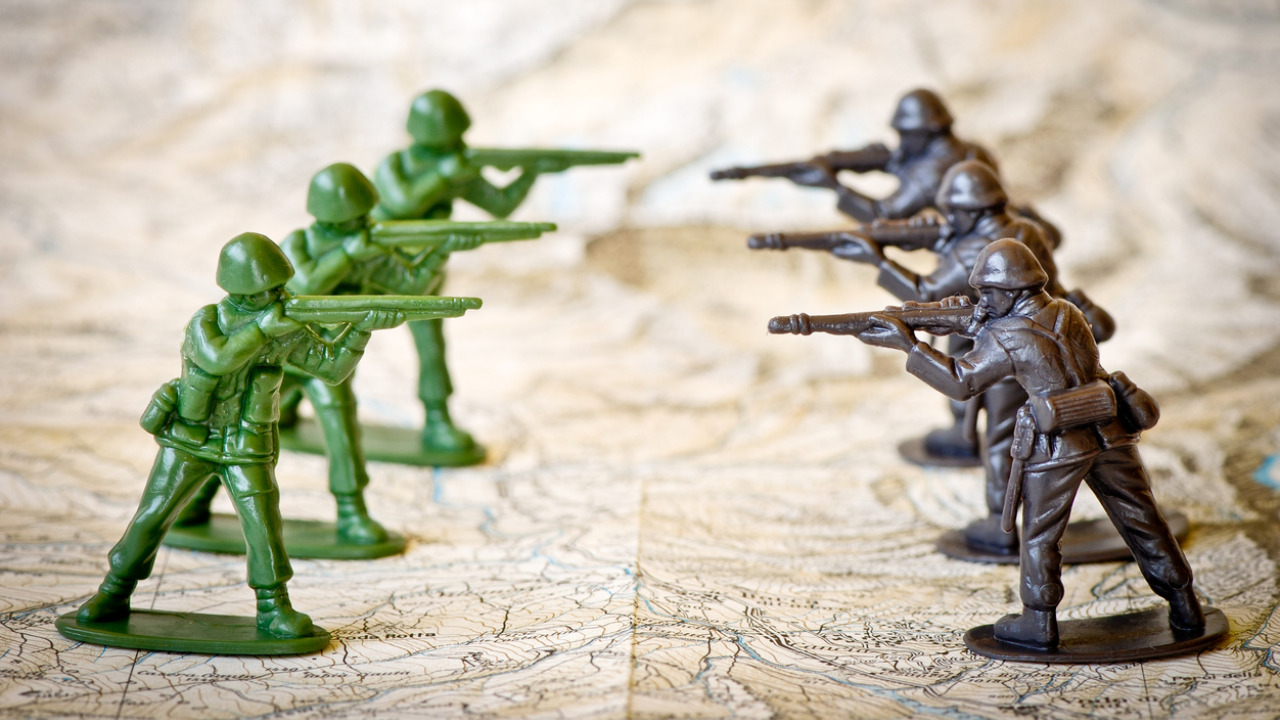News Highlight
The Union Home Minister signed the long-pending border dispute between Assam and Arunachal Pradesh.
Key Takeaway
- The accord will likely resolve the issue over 123 villages spanning over 700 km of the two states’ border.
- Considering historical perspective, demographic profile, administrative convenience, proximity to the border, and citizens’ ambitions.
- This will be the final accord, and neither state will make any new claims relating to any territory or village in the future.
- Following the agreement, the Survey of India will conduct a full survey in the presence of repre
Assam-Arunachal Pradesh Border Dispute
- Background
- The boundary between Assam and Arunachal Pradesh is 704.1 kilometres long.
- Arunachal Pradesh was established as a union territory in 1972 and was elevated to state status in 1987.
- A tripartite committee was formed in 1987, suggesting that certain regions be shifted from Assam to Arunachal Pradesh.
- Arunachal Pradesh has expressed concern that numerous forest tracts in the plains have historically belonged to hill tribal chiefs.
- As well as people had been arbitrarily transferred to Assam.
Other Border Disputes Between States in India
- Karnataka-Maharashtra
- In North Karnataka, there has long been a border dispute over Belagavi, Karwar, and Nipani.
- Belagavi became a part of the former Mysore state when state boundaries were revised on linguistic lines under the States Reorganisation Act of 1956.
- The conclusions of the Justice Fazal Ali Commission, created in 1953 and submitted its report two years later, formed the basis of the Act.
- According to Maharashtra, parts of Belagavi where Marathi is the predominant language should remain in Maharashtra.
- The Centre established the Mahajan Commission in October 1966 to resolve the border issue between Maharashtra, Karnataka, and Kerala.
- The Commission recommended that Karnataka retain Belgaum and 247 villages.
- Maharashtra rejected the findings and petitioned the Supreme Court in 2004.
- Haryana-Himachal Pradesh
- The Parwanoo region has received attention due to the border dispute between the two states.
- It is adjacent to the Haryana district of Panchkula, and the state has claimed portions of land in Himachal Pradesh as its own.
- Himachal Pradesh-Ladakh
- Sarchu, a region on the highway between Leh and Manali, is claimed by Himachal and Ladakh.
- It is considered an important halt for passengers moving between the two cities.
- Sarchu is located between the Himachal districts of Lahul and Spiti and the Ladakh district of Leh.
- Assam-Nagaland
- It started shortly after Nagaland became a state in 1963.
- The Nagaland State Act of 1962 specified the state’s boundaries in accordance with a 1925 notification when the Naga Hills and Tuensang Area (NHTA) were combined into a single administrative unit.
- On the other hand, Nagaland rejects the boundary delineation and has asked that the new state.
- It includes all Naga-dominated areas in the North Cachar and Nagaon districts.
- Tensions between Assam and Nagaland rose quickly after the latter’s formation, resulting in the first border confrontations in 1965.
- This was followed by massive border conflicts between the two states in 1968, 1979, 1985, 2007, and 2014.
Other Methods of Resolution of Border Disputes in India
- Through the Exclusive Original Jurisdiction of SC
- According to Article 131 of the Indian Constitution, the Supreme Court has exclusive original jurisdiction over these cases.
- It means no other court can hear these cases:
- It can consider disputes between the Government of India and one or more states.
- It has the authority to consider disputes between the Government of India and any State(s) on one side and one or more other states.
- It has the authority to consider disputes between two or more states whenever the issue involves a point of law or fact on which the existence or scope of a legal right is dependent.
- Through Inter-State Council
- Article 263 of the Constitution authorises the President to establish an Inter-state Council if it appears that such a Council would serve the public interest.
- It acts as a platform for discussing and resolving conflicts between states.
- As well as for investigating and debating topics of mutual interest among states or between the Union and one or more states.
- The Interstate Council was founded by Presidential Order in 1990.
- The Council was reconstituted in 2021.

Way Forward
- The border agreement between Assam and Meghalaya has raised optimism for a resolution to the Assam-Arunachal boundary conflict.
- Especially since the Centre has urged the north-eastern states to settle their territorial disputes once and for all by August 15, 2022, when the country would mark 75 years of independence.
- Assam and Arunachal Pradesh have agreed to form district-level committees, similar to the mechanism adopted to resolve the conflict with Meghalaya.
- These committees are in charge of conducting joint surveys in the contested sectors.
- It is to discover concrete answers to a long-standing issue based on historical perspective, ethnicity, proximity, people’s will, and administrative convenience of both states.
- The two states have agreed to form 12 such groups, comprising representation from the border districts.
- Assam has eight districts with a border with Arunachal Pradesh, with twelve similar districts.
Pic Courtesy: Deccan Herald
Content Source: PIB



